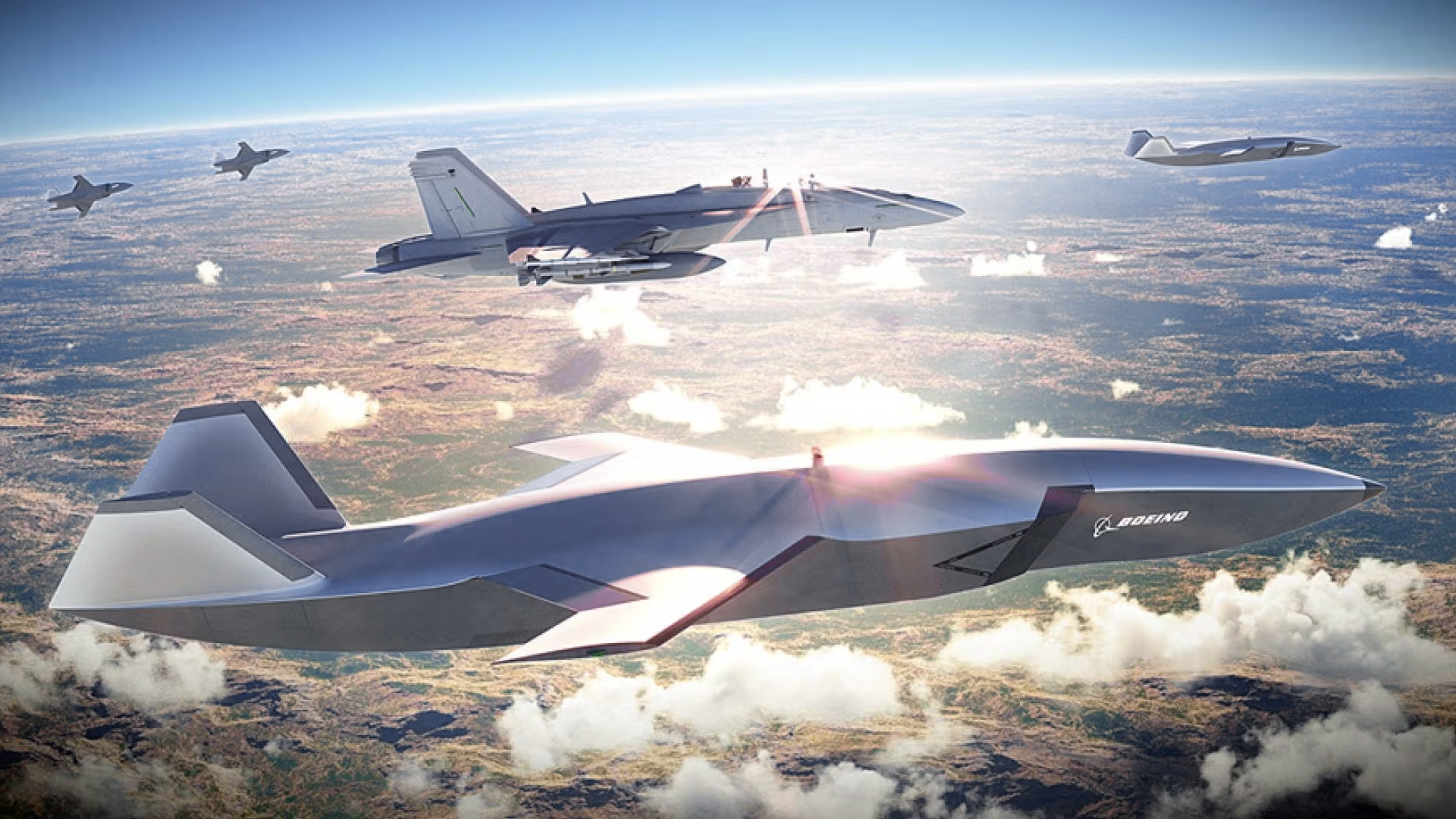The U.S. Navy wants its future fleets of carrier-capable drone wingmen to be made up of designs that cost no more than $15 million to buy and have zero long-term sustainment costs. These uncrewed aircraft would be “consumable,” ending their relatively short service lives, which will be measured in hundreds of flight hours rather than years, as one-way kamikaze drones or flying targets for use in training or testing.
The Navy is now actively using the phrase Collaborative Combat Aircraft (CCA) to refer to its planned future drone force. These uncrewed aircraft will be highly autonomous, but still designed primarily to work closely together with crewed platforms, at least initially. The Navy’s CCA program is formally intertwined with the Air Force’s program of the same name, especially when it comes to architectures that will allow both services to seamlessly exchange control of drones during operations, but the two efforts are distinct. The Navy is currently aiming to begin fielding the first of its CCA drones sometime in the second half of this decade. The service also has a long-standing goal for the composition of its carrier air wings to eventually become up to 60 percent uncrewed.

“For the U.S. Navy, we are in the development process” and “we’re trying to get after CCA in a revolutionary way,” Navy Rear Adm. Stephen Tedford, who runs the Program Executive Office for Unmanned Aviation and Strike Weapons, or PEO (U&W), within Naval Air Systems Command (NAVAIR), said on Monday. Tedford was speaking at the Navy League’s annual Sea Air Space conference.
“I don’t need them [CCAs] that long,” Tedford continued. “I’m … trying to do this so that my unit cost of the platform is as absolutely low as possible, trying to keep it around the 15 million dollar mark, okay, because I need it to be considered consumable. I want something that’s going to fly for a couple hundred hours. It’s last hour, it’s either a target or a weapon.”
“I’m not going to sustain it for 30 years,” he added. “So, if you’re [sic] any cost estimators out there, those are zeros in sustainment, okay. Just trust me. It’s a zero. It’s amazing.”
The Navy’s CCA plans also have the added wrinkle of the drones being expected to operate from the service’s aircraft carriers.
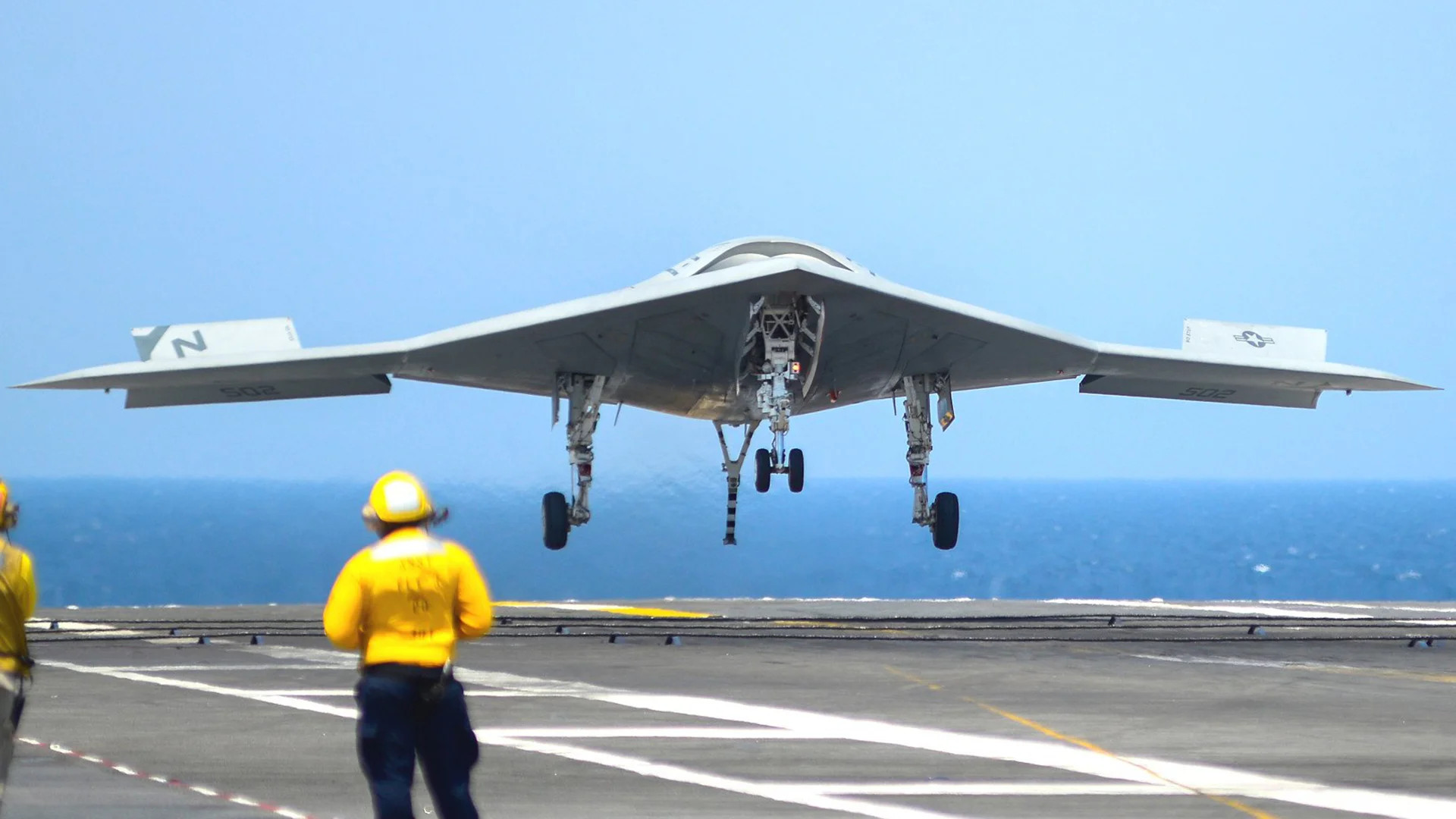
“It’s not a different way of launch and recovery, it’s a different way of looking at risk,” Tedford said when asked about how his CCA vision would translate to carrier-based operations. “I’m not trying to design a platform that’s going to do cyclic operations on an aircraft carrier the way we know it today, where you’re launching and recovering every 45 minutes to an hour and a half.”
“That 200 [flight] hours [of total service life] may only have 10 cats and traps,” the Rear Admiral added, referring to catapult launches from and arrested recoveries on carriers, which put significant strain on the airframe. “We’re trying to limit that scope. … If I only need to launch it and recover it a handful of times, instead of throughout its [traditional] lifecycle, I can completely change the engineering calculus a lot.”
With all this in mind, Tedford said the service’s main focus with regard to its CCAs isn’t on the underlying drone, but about identifying what that uncrewed platform is expected to do. In turn, the Navy’s attention is then on how to get those desired capabilities while staying within the identified cost and other parameters.
“Every time we talk about CCAs, because the last letter is an ‘A,’ … they stop thinking about it as a weapon. They need to think about it as a weapon,” Tedford explained. “So, we’re going to focus on what do I need it to do, what sensors [do we need], and [what] gaps do we need to cover in combat?”
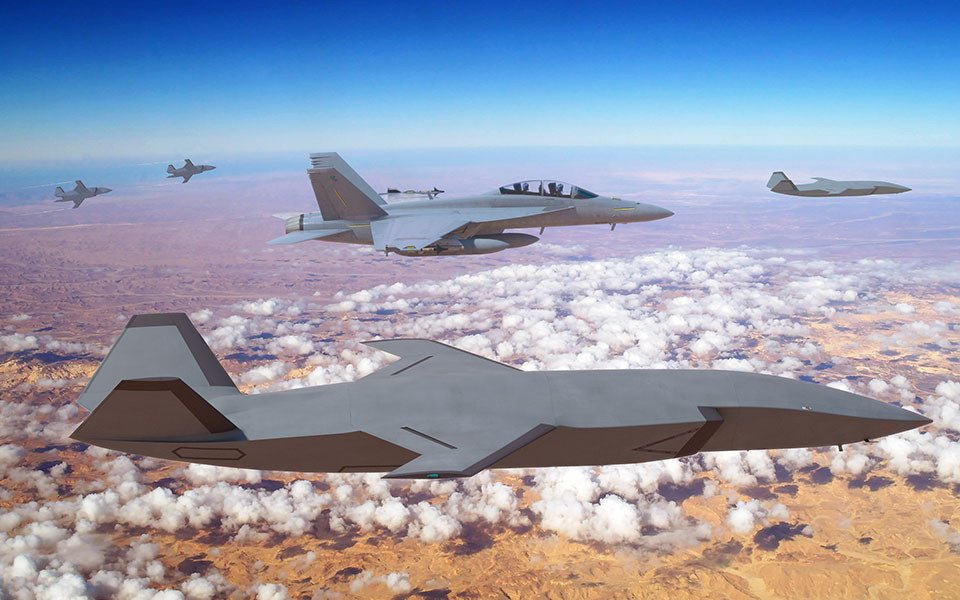
The Rear Admiral also made clear that his vision for CCAs involves buying them in a “rolling wave” of relatively small batches – dozens rather than hundreds at a time. When combined with “consumable” designs, this process will essentially supplant upgrade programs that aircraft might traditionally go through in the mid-life portion of their service.
By doing all this, “I can keep pace with the technology, all the unmanned platforms, but also keep pace with the threat by upgrading sensors, platform systems, weapons, and I can do it at a recurring investment cost,” Tedford said.
The vision that Tedford has now laid out is ambitious and the timetable for achieving it is aggressive, to say the least. The Rear Admiral made clear that achieving the Navy’s CCA goals will require new ways of thinking all the way down from design and development to acquisition, operations, and sustainment. These are all things that have, unsurprisingly, emerged in the Air Force’s CCA work, as The War Zone has previously reported on in detail.
“If I do try to design something that has 6,000 hours of life, and can do cats and traps all day, I just designed an F/A-18,” Tedford said on Monday.
The Navy has been criticized to a degree for doing just this with its acquisition of Boeing MQ-25 Stingray drones, which each currently have an estimated unit price of around $150 million. Stingray is primarily intended to serve as an uncrewed aerial refueling tanker with a secondary intelligence, surveillance, and reconnaissance (ISR) role.

The drone, or future variants or derivatives thereof, might potentially take on other missions, including stand-off strike, in the future. After repeated delays with the program, the Navy now hopes to finally begin fielding MQ-25s operationally in Fiscal Year 2026. The Stingray is set to be the first drone for the service’s carrier air wings.

The Air Force has also been facing questions and concerns about its balancing of costs and capabilities with regard to its future CCAs. The service currently expects the first tranche of those drones to each cost between one-quarter and one-third of the unit price of an F-35 stealth fighter. This would equal somewhere between $20.5 and $27.5 million, based on information available publicly on the unit price of the F-35A variant that the Air Force flies. This is at the very high end of what had been the expected cost spectrum and there are signs that the Air Force is looking for higher-end performance, too.
Similar to the Navy’s vision, the Air Force CCA program is also working to develop and acquire drones through multiple iterative cycles, and follow-on tranches could involve completely different and potentially cheaper designs.
Additional questions remain about the timelines for maturing underlying technologies that will be key for the Navy to realize its CCA vision.
Getting to the desired levels of autonomy for CCA-like drones presents particular challenges, as the Air Force has highlighted in the past. However, the Navy, like the Air Force, is looking to leverage artificial intelligence (AI) and machine learning capabilities to help more rapidly mature these capabilities, including through rapid iterative testing in virtual environments.

“The key to doing this is to … use generative AI to create the new training environments that we’re interested in,” John Seel, a Distinguished Engineer in Data Sciences working for the Navy’s Naval Surface Warfare Center Dahlgren Division, said in a separate talk at Sea Air Space 2024 yesterday. Seel added that this also addresses the inability, at least on practical and cost-effective levels, to physically test new platforms, aerial or otherwise, in every potential operational environment.
“The only way that we’ll be able to do that is to simulate these environments in a physics-based set of simulations, bring the environment to the platform, instead of the platform to the environment,” he said, while also acknowledging that this creates challenges of its own.
This is “really becoming a three-computer problem,” Seel said. “You need a super-big computer, cloud-based most likely, to do the initial training and you need a fairly large computer to simulate and run millions upon millions of test cases.”
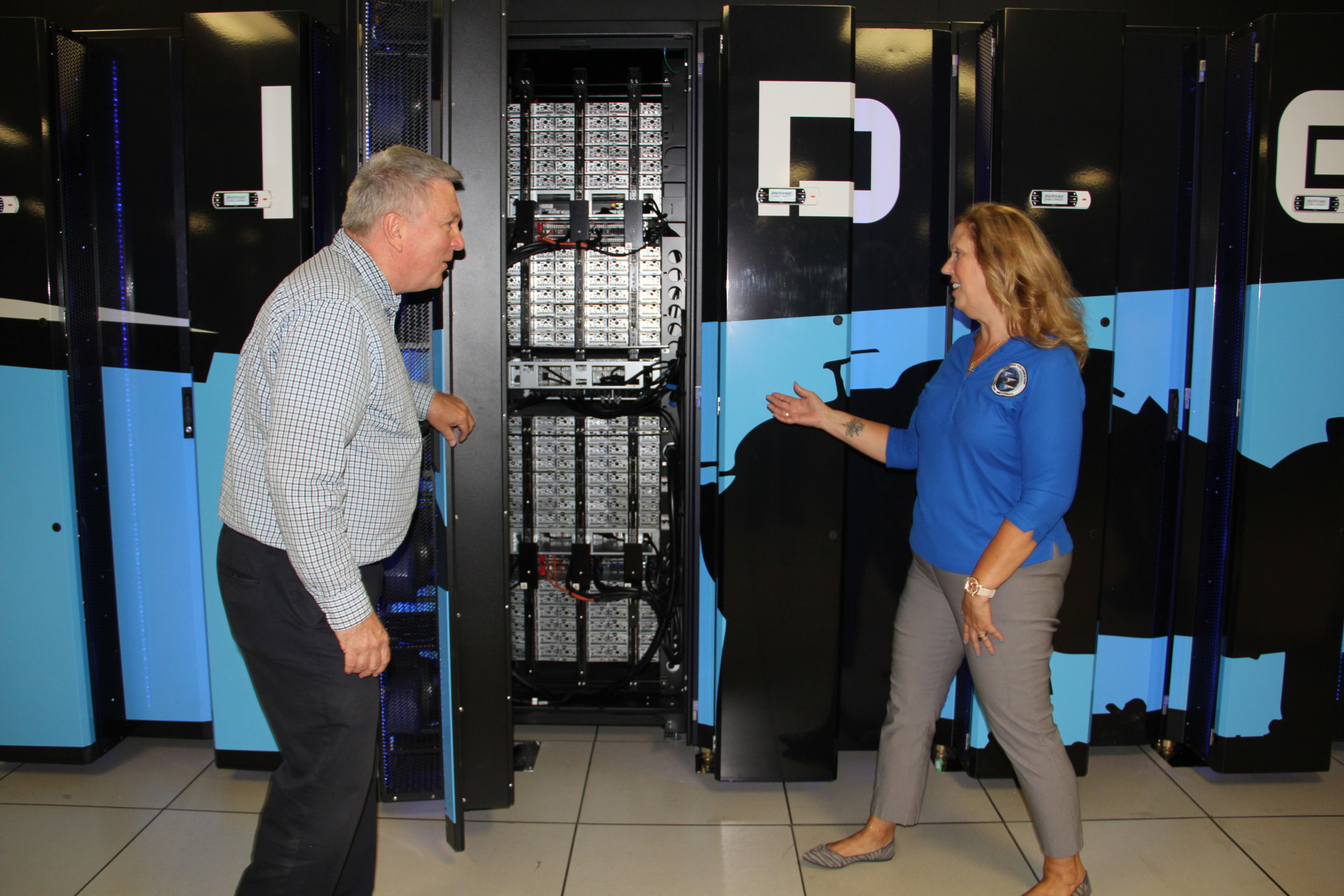
The third computer requirement is what is necessary to support real-world testing and training, as well as actual operations, according to Seel. At the operational level, the need for this kind of programming support will require significant processing power closer to the tactical edge (where the fighting is happening), as well as on CCA drones themselves.
“We’re always going to be challenged on [data] processing at the edge, especially as we are able to bring in more and more data, okay?” Rear Adm. Tedford noted while speaking earlier this week. “So we’re always looking for increases in capacity in processing power at the edge that’s going to give us the flexibility to expand as we go in the future.”
Tedford said that it would be essential for the processing power of the systems inside the Navy’s CCAs, and of any data links associated with them, to be rapidly replaceable and/or upgradable to keep pace with other new and improved technologies. “I need to open a patch, pull something out, stick something back in, and get back to work.”
Circling back to the autonomous capabilities that all of this computer power is meant to enable, there is also the matter of ensuring there is trust in uncrewed platforms to perform tasks as directed. There is a major debate ongoing about trust in autonomous weapon systems not just from a practical perspective, but also from moral and ethical ones. At the same time, there is a growing consensus within the U.S. military that autonomous capabilities, especially to help speed up decision-making cycles at various operational levels, will be increasingly essential for succeeding in future high-end conflicts. Potential adversaries, especially China, are actively pursuing the same kinds of capabilities, and may not be as ethically-minded about them, either. These are all issues that The War Zone has explored in depth in a recent feature you can find here.

“If everything has to go all the way back to shore before somebody makes a decision, we lost,” Tedford said, underscoring the importance of increased autonomy going forward.
Close collaboration with crewed platforms is still expected to be a major component of future operations involving CCA drones. The Navy has said in the past that it expects one of the key mission sets for its forthcoming crewed sixth-generation stealth combat jets, currently known just as F/A-XXs, will be controlling drones. Earlier this year, the Navy announced its intention to slow work on F/A-XX, largely due to budgetary pressures.
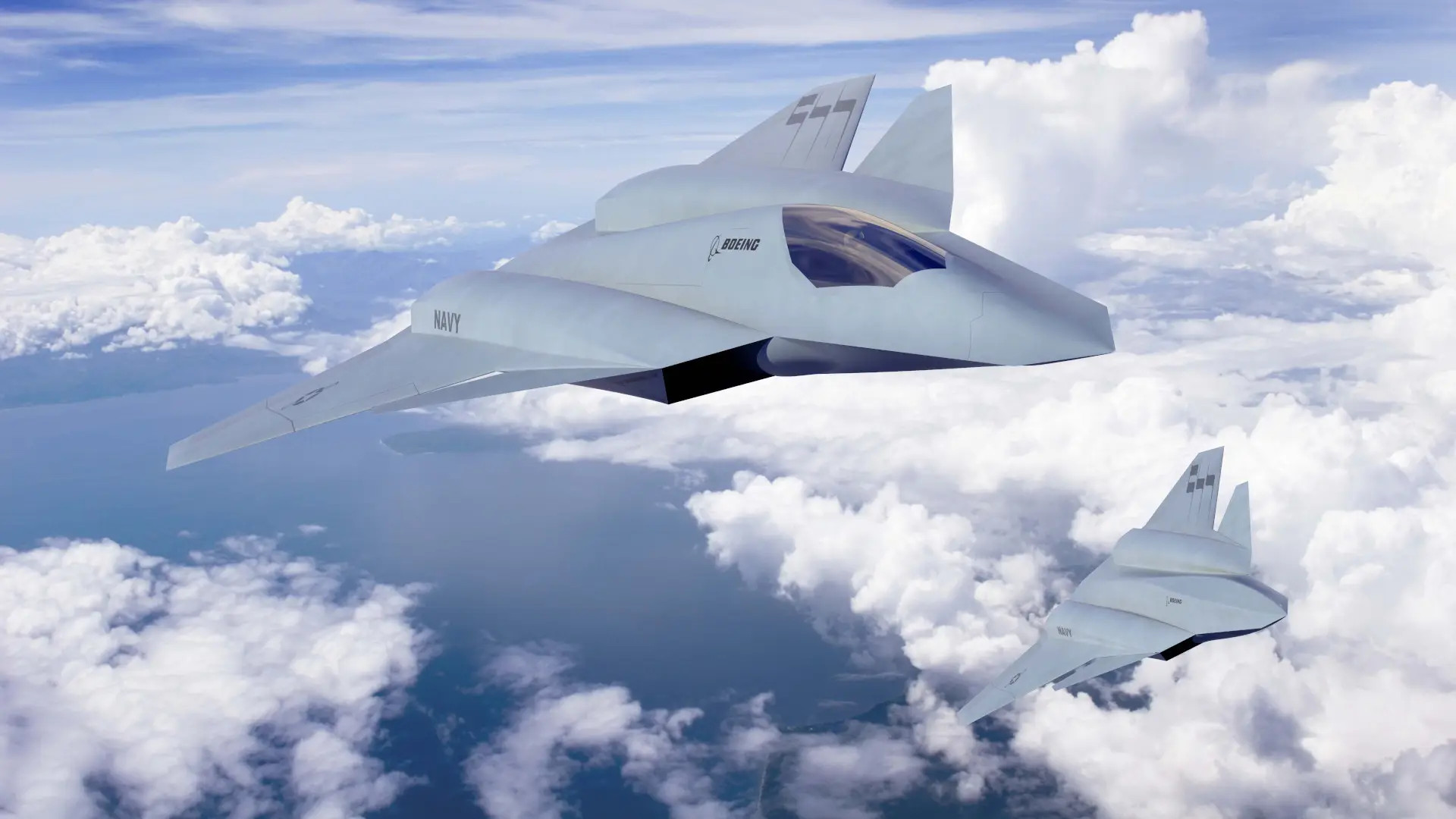
“We are working down at the Woomera ranges, working with Australia, to help develop [crewed-uncrewed teaming capabilities] using an MQ-28,” according to Tedford. There’s a “demonstration coming up at the end of [20]25, late next summer, which will be a section or division of unmanned platforms that are being controlled and directed by another airport as an asset, [a] manned asset.”
Tedford stressed that the use of the MQ-28, also known as the Ghost Bat, here does not necessarily imply Navy interest in that platform specifically. However, manufacturer Boeing has at least produced a rendering depicting a carrier-based variant or derivative with an arrestor hook, which the Royal Navy in the United Kingdom also appears to be looking at as part of its future carrier drone plans.
Boeing’s Australia-based subsidiary originally developed the MQ-28 for the Royal Australian Air Force. At least one Ghost Bat is now in the United States supporting Air Force advanced drone developments that are feeding into its CCA program.
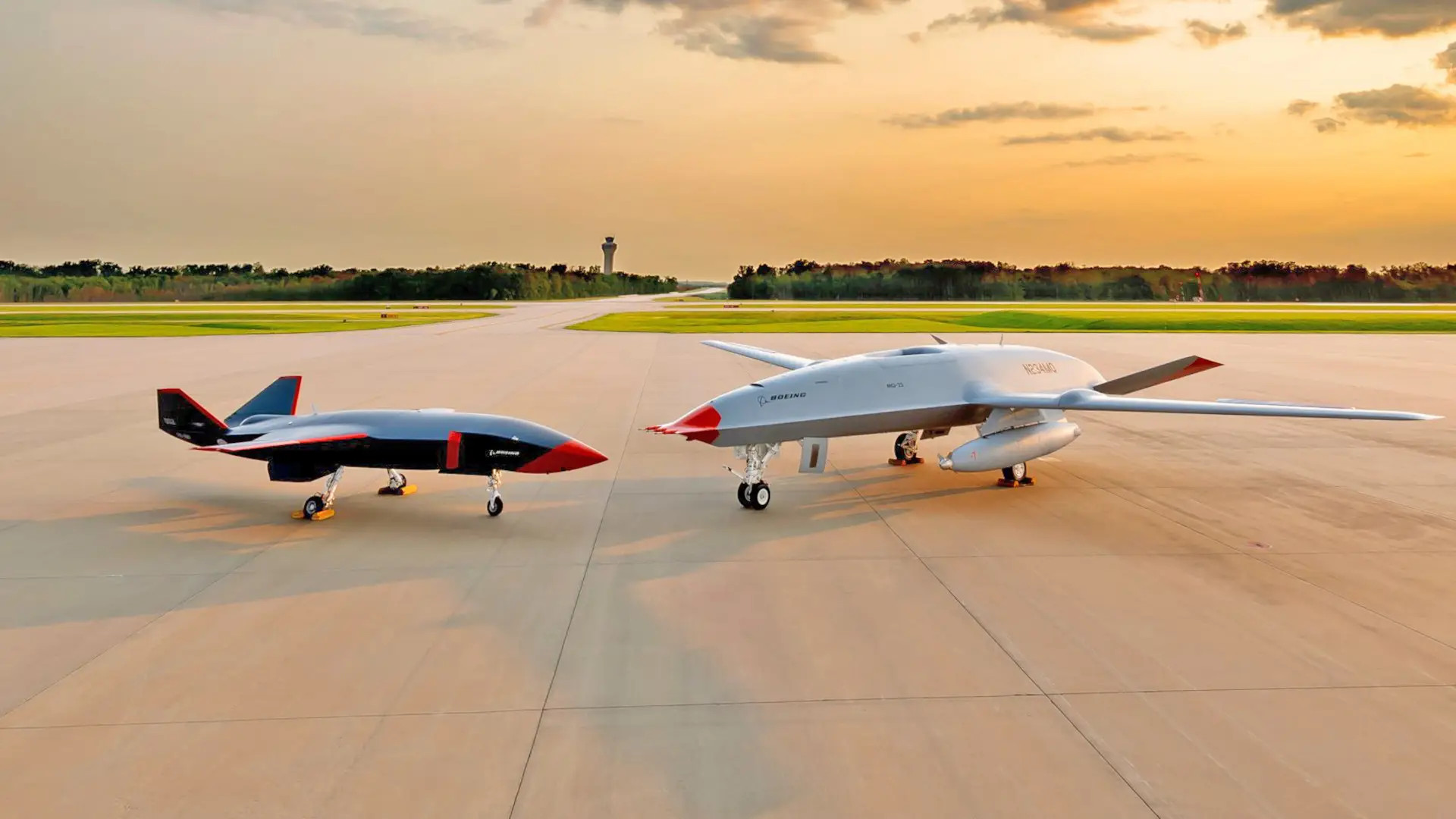
Regardless, the Navy’s CCA efforts could well involve various levels of foreign participation and cooperation in the future on top of its existing partnership with the Air Force. The Air Force itself is now expecting to open up its CCA program to foreign countries, at least to a degree. The War Zone previously laid out a detailed case for the cooperative development of CCA-like drones using the framework of the trilateral Australia-United States-United Kingdom (AUKUS) defense cooperation agreement, which you can find here.
How the Navy’s CCA plans ultimately materialize very much remains to be seen and the service is still in the early stages of executing its plans in this regard. Still, a clear and potentially game-changing vision for how these drones will be developed and fielded has now emerged.
Contact the author: joe@twz.com
